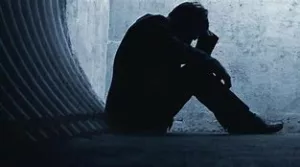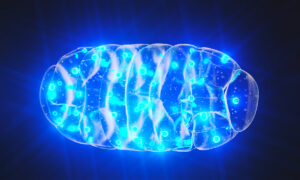What is schizoaffective disorder?
You may be given a diagnosis of schizoaffective disorder if you experience:
- psychotic symptoms, similar to schizophrenia, and
- mood symptoms of bipolar disorder, and
- you have both types of symptoms at the same time or within two weeks of each other
The word schizoaffective has two parts:
- ‘schizo–‘ refers to psychotic symptoms
- ‘–affective’ refers to mood symptoms
You may have times when you struggle to look after yourself, and when your doctors consider that you lack insight into your behaviour or how you are feeling. You may be quite well between episodes.
The episodes vary in length. Some people have repeated episodes but this does not necessarily happen, and it may not be a lifetime diagnosis.
Psychotic symptoms
These are experiences called hallucinations and delusions.
DelusionsDelusions are strongly held beliefs that other people don’t share. For example, you may feel:
|
In general, you may feel:
- your thoughts becoming very disorganised
- very confused and frightened
- angry and depressed, or excited and elated
Mood symptoms
The mood symptoms are very like bipolar disorder (manic depression). They may be:
‘Manic type’ – episodes when your mood symptoms are mainly manic. These episodes may be mild (hypomania) or more severe.
You may:
- feel very excited and enthusiastic about life
- be angry or irritable, especially if someone contradicts or questions you
- be very talkative
- make plans that are quite unrealistic
- get very little sleep – this may make the mania worse
- lose judgement
- be extravagant with money
- start risky business ventures
- have risky sexual encounters
‘Manic type’ may also be called ‘bipolar type’, especially if you have episodes of depression as well.
‘Depressive type’ – episodes when your mood is dominated by depression.
You may feel:
- sad, lonely, tired and unable to take any pleasure in life
- you want to sleep a great deal, but this may make you feel worse
- emptiness and despair
- unable to relate to other people
- very gloomy
- suicidal
‘Mixed type’ – this term may be used if you switch between mania and depression in a short time. Cycles of mania and depression can occur at fairly regular intervals, although this varies from person to person.
I have suffered with mental health issues throughout my life. My problems were not picked up as a teenager, which resulted in a crisis in my early 20s, involving hospital admissions and being severely mentally unwell. The diagnosis of schizoaffective disorder seemed to fit with my experience better than any other ‘label’ or diagnosis.







